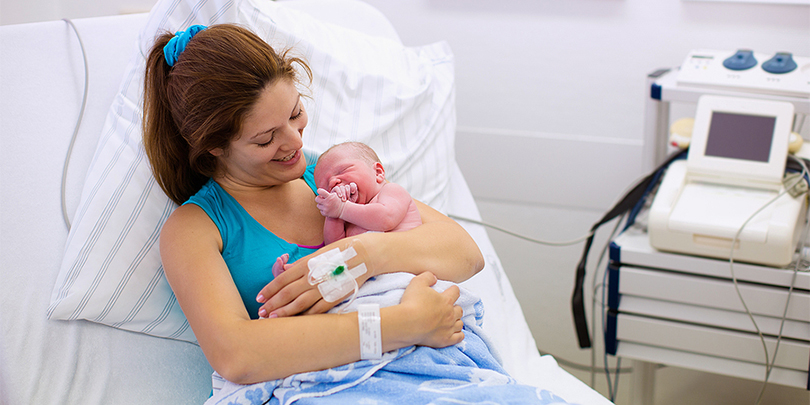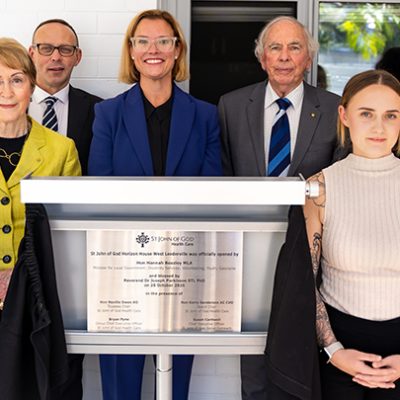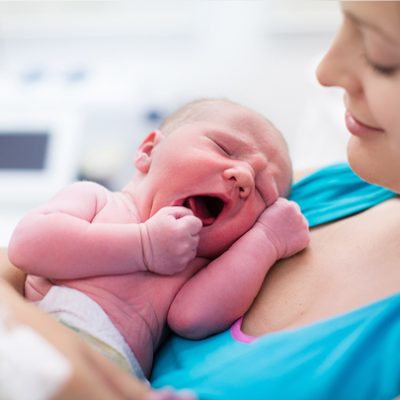
Baby recessions in Australia’s biggest cities deepened in 2024 amid sustained cost-of-living pressures, dragging the nation’s birthrate to a near-record low in 2024. Source: The Guardian.
Sydney, Melbourne and Brisbane each saw further declines in the number of children born per woman from 2023 to 2024, according to KPMG’s preliminary analysis of Australian Bureau of Statistics population data, barely offset by increases in Perth and in regional Australia.
The analysis also found outer-suburban and regional Australians grew increasingly likely to have higher numbers of children per person than their inner-city neighbours.
Overall, the country’s fertility rate, or children born per woman, was 1.51 in 2024, statistically similar to the 1.5 observed in 2023 and well below the rate of 1.8 observed a decade beforehand.
Young families continued to delay or give up on having children in the face of elevated living costs over the year, according to Amanda Davies, professor of demography at the University of Western Australia.
“Not much has changed for people who are looking at having a family or thinking about extending their family; they are really struggling,” Professor Davies said.
“There’s a feeling they need to have secure housing before starting a family, and that extreme housing crisis that’s being faced in all parts of Australia is [related] to that declining fertility rate.”
The gap between suburbs is expected to sustain as soaring costs for multi-bedroom homes continued to push families out of the inner city, according to economist Ashton de Silva.
“Children are becoming more and more expensive,” Professor de Silva said.
“Unless something drastic changes, I would probably continue to expect to see that families are going to be located on the urban fringes.”
Melbourne, Sydney and Brisbane each saw fertility rates fall further in 2024, with the Victorian capital the lowest at 1.4, compared to 1.71 in 2014.
The decline was in part offset by increased childbirths in regional centres as young parents pursued jobs and affordable housing, according to Terry Rawnsley, urban economist at KPMG.
Further decline in birthrates below the replacement rate of 2.1 children born per woman would see locally born populations shrink and increase the capitals’ reliance on interstate and international migration to fill local job shortages, Mr Rawnsley said.
FULL STORY
Baby recession deepens in Australia’s biggest cities amid cost-of-living crisis, preliminary data shows (By Luca Ittimani and Andy Ball, The Guardian)






